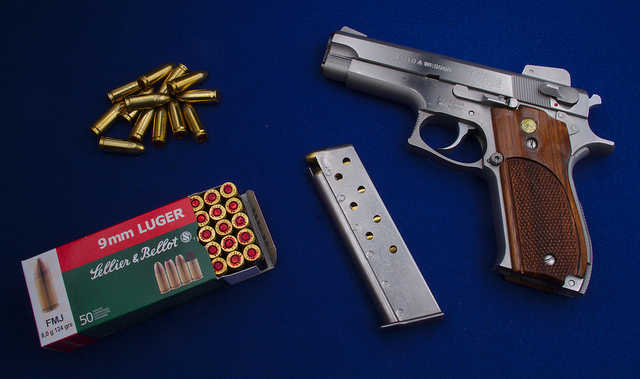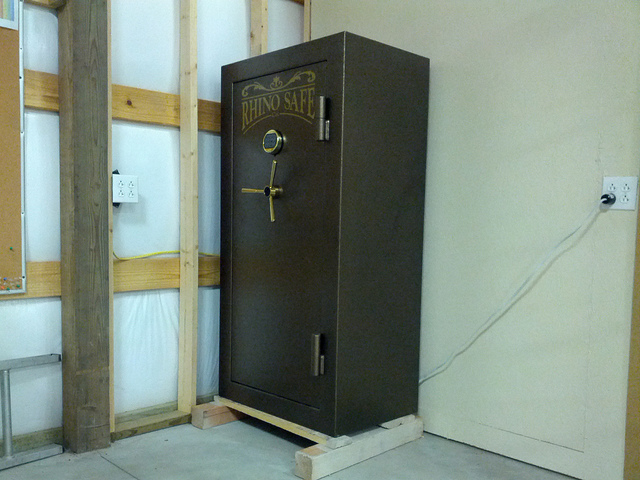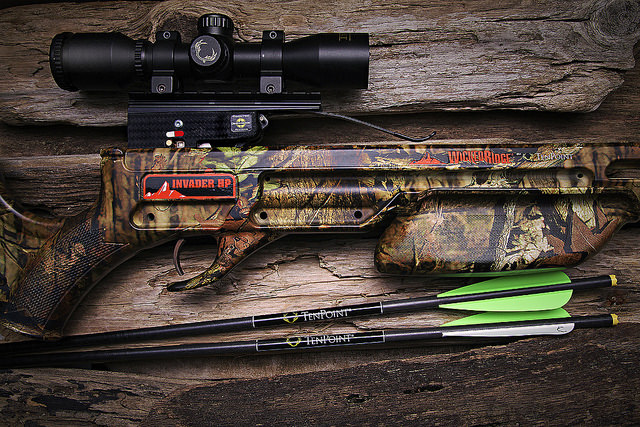If you’re a hunter or firearm enthusiast, you value your guns, ammo, and other hunting equipment and certainly don’t want them harmed or lost in a move. Fortunately, moving these is no more challenging than moving other household items, as long as you know the rules and use some common sense. When moving your guns, keep these three main objectives in mind.
1. Keep yourself and other people safe.
2. Prevent the guns and ammo from getting lost or damaged.
3. Comply with all local, state, and federal laws for transporting firearms and ammo.
This applies whether you are moving the guns yourself or hiring a moving company. By law, movers are allowed to transport firearms but not ammo in a moving truck. However, moving companies do have the right to set policies stating they won’t transport firearms. If you encounter this situation, you can either find another moving company or move the guns yourself.
Before packing guns, be sure to remove all ammunition and put the safety on. You can never be too careful in this regard. Even if you are sure a gun is not loaded, treat it as if it could be. Don’t point it at another person and keep the safety on.

Image by Dennis van Zuijlekom/Flickr
Record the make, model, and serial number for each gun. If you’re hiring movers, you’ll need to provide this information to the moving company for the inventory. If you’re having movers transport the weapons, do not keep this information with the guns. Take the documentation with you, along with your other important paperwork, in your car. You’ll also need to transport ammunition in your own car, locked in your glove compartment or trunk.
If you have a hard-shelled, padded gun case, this is where you should pack your guns for transport. If not, wrap each gun in bubble wrap or soft foam packing materials. If you’re packing a gun in a moving box, label the box “household items” (not “guns”) and don’t seal it. The movers will have to verify the contents and then seal it in your presence immediately before it’s loaded onto the moving van. At that point, the guns become their responsibility to protect from theft or damage, and must be transported in a locked moving van.
If you’re moving your guns yourself, you’ll need to pack them in a locked compartment away from the driver and passengers of your vehicle. The best place to do this is in your trunk. Or, if you’re driving an SUV or truck, consider packing guns in a locked case on the roof rack or on a locked trailer attached to the back of your vehicle.
Ammo must be packed separate from the guns, and is safe to keep inside the cab of your vehicle.
Do not move guns inside your gun safe. They won’t have enough protection from possible damage and this may be restricted in your area. Gun laws vary widely from state to state. The NRA-ILA published a list of states with specific restrictions on transporting firearms, so be sure to review this before transporting any guns or ammo.
Professional movers can easily move your empty gun safe the same way they move any other heavy items. If you’re moving your gun safe yourself, you’ll need several friends to help. Wrap the gun safe in bubble wrap and moving blankets to prevent damage. Carefully load it onto a moving dolly and transport it the same way you move a refrigerator, an armoire, or any other large household items.

Image by Mike Prosser/Flickr
With firearms safely handled, packing the rest of your hunting equipment is similar to packing other household goods. Mounts, however, can be both heavy and delicate. Pack them in crates and use a moving dolly or ratchet straps to move them safely.

Image by Jim Wrigley Photography/Flickr
The Writing Huntress recommends packing hunting equipment – such as bait, duck calls, camping gear, and hunting clothes – in labeled boxes, according to the season. This makes it easier to find, unpack, and store your hunting gear in your new home.
Before your move, make sure to check hunting permit requirements in your new state. Put “apply for hunting permits” on your moving checklist so you won’t wait until days before hunting season to get your ducks in a row (so to speak).
When you arrive at your destination, check to ensure all your firearms arrived safely. Your gun safe should be one of the first items unpacked so you can load your guns safely and store them properly in your new home.
By following these tips, you’ll achieve the three objectives of moving your guns safely, keeping yourself and others safe, and avoiding legal hassles.
Featured image by Davis Staedtler/Flickr